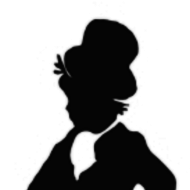Part of the activities of Aardvark Arts is to develop international cooperation, work towards building a cultural facility in Wroclaw, and to conduct research in the fields of social sciences and humanities. Managing Director, Dorota Dobkowska, and I recently traveled to Lithuania and Estonia to visit cultural spaces, meet with people and start some conversations about working together.
First we caught up with a good friend Kevin Reiling, regional director of the American Councils of International Education. I met him a year ago when I was invited to teach a pre-departure orientation course getting some amazing students ready to spend a year abroad in the US. We met to talk about cooperating and trying to figure out a way to get some of their young alumni involved with future editions of Creative Summer.
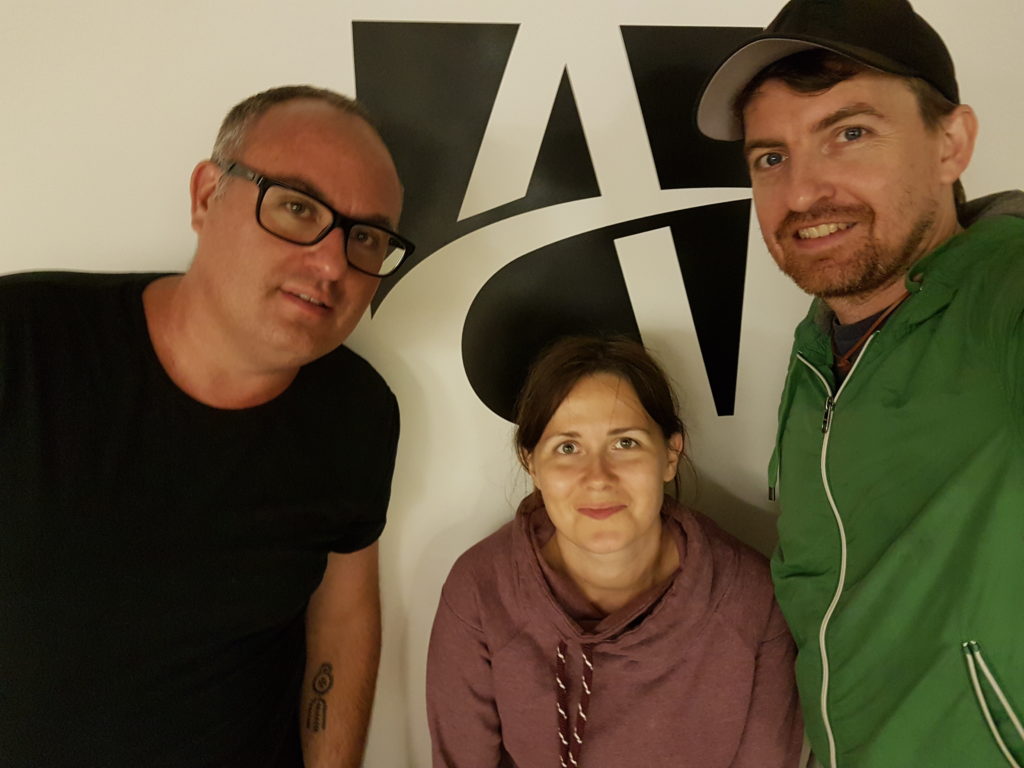
One afternoon, while sitting in a coffee shop, a beautiful book/magazine called “Passport” caught Dora’s eye. Since she was sitting across from me reading, I noticed that Jonas Mekas was on the cover (the brother of Adolfas, a legendary professor at Bard College). It was a stunning collection of profiles, photo essays, and histories of Lithuania. The opening pages lay out its aim:
We hope that the story of a small nation – told through the eyes of its own extraordinary people – will be an inspiration to you…
Kęstutis Pikūnas, Passport, volume 1
A few moments after flipping through the pages, Dora announced that we would be meeting with the Editor in Chief.
Kęstutis Pikūnas met us for a generously slow cup of coffee. He told us all about himself and how he came to create this love letter to Lithuania. I really appreciate how he easily shifted between Doras’s questions on his ideas and inspiration and my specific business minded curiosity of modern publishing. It was an illuminating conversation that has continued to open up ideas for future activity in Poland.
We then headed north to Estonia. This was the furthest north I had ever flown. What an amazing country. The capital, Tallinn, was flooded with tourists. It seemed like everyone had the same idea to head north during the European heat wave. It was still pretty hot up there.
While in the capital, we made stops in two interesting museums aimed at younger visitors. First the NUKU theater and puppetry museum had many fantastic rooms filled with artifacts, and video presentations. I particularly loved their self published programs. I left feeling inspired to create a puppetry unit for my Theater Lab program. Then we visited the Maarjamäe Palace. This huge complex of buildings and programs had two highlights for me. Behind the palace, beyond the huge courtyard, and around the corner from the film center was a collection of Soviet statues. Just sitting there, on the ground. No adornments. No pedestals or plinths or acropodiums. What a bizarre display of the past! Inside was a children’s exhibit “The Children’s Republic.” This interactive environment is designed for children age 5-12 to learn about modern Estonia and democracy through play. Visitors can vote on a president and prime minister of the Children’s Republic and learn how to accept differing opinions. For someone who did not grow up in this part of the world, it struck me how democratic ideas have to be nurtured and the dark history of these countries is not that long ago.
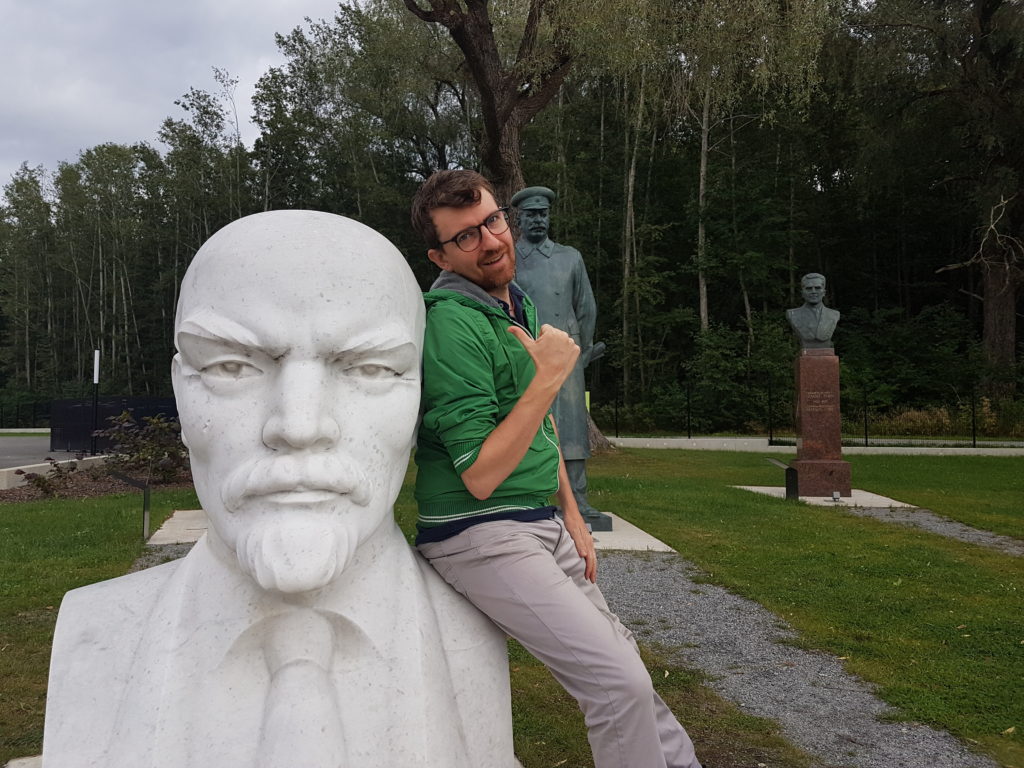
We saw all corners of Estonia including the lovely island Saremaa. We saw Russia and visited a castle on the border. We visited a beautiful craft store cooperative full of handmade goods called Käsitööpood Magasiait. We met with another friend from the American Councils, Greete Lipik and continued talking about how the arts might fit into their alumni program.
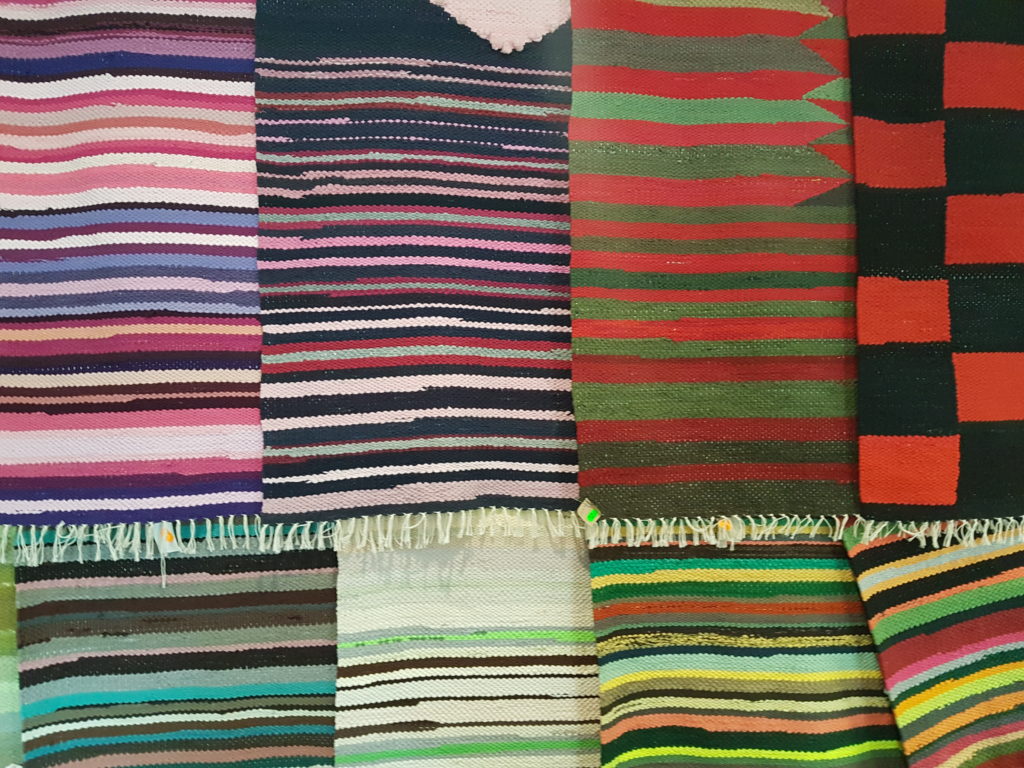
Outside the capital the other big cultural institution we visited was the Estonian National Museum in Tartu. This building is a massive structure. It looks like a runway jutting out of a gentle slope. Inside, the space is gorgeous and vast but somehow still cosey. When we were visiting, the Centennial Celebrations of the Republic of Estonia were in full swing. The main hall of this National Museum was filled with an exhibit exploring the lives of regular Estonian people through the ages – literally taking you back all the way to the stone age. We are talking about hunters-fishers-gatherers. The Mesolithic Era (9000–4200 BCE). Before farming and earthware. Imagine how hard that was. It’s an absolutely beautiful country. But it couldn’t have been easy for those early settlers to inhibit. And yet, through 10,000 years, an identity and language took shape and survived. There were many amazing side rooms to this exhibit hall including Food We Cook, DIY Estonia, Estonian Books, The Runo Song (Estonian Folk songs). Of course, the Soviet era was bleak. Life was hard. Survival was not guaranteed. But, in the face of that larger history and that cultural perseverance, it seems inevitable that a thriving democratic nation with rich traditions would take form.
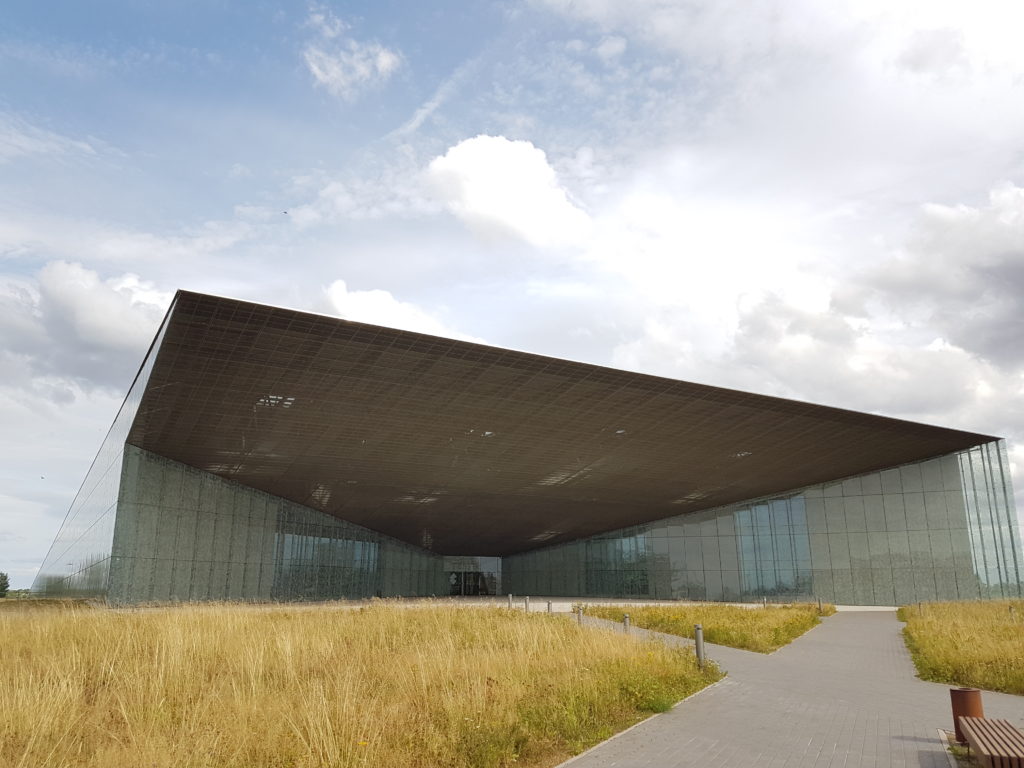
I was so immersed with this main hall that there was no way to even consider visiting additional exhibits in the same day. There was one new technical innovation that I was in love with. When you get your ticket, you can ask for a language card – a simple cardboard card. When you approach a display you just wave the card and the e-ink monitor changes languages. It was so smooth and satisfying and well executed. A perfect blend of technology, storytelling, and learning. It seems to me how a museum should be done.
Two rooms that we didn’t have access to, or time to explore, was the learning center and the library. Both were huge spaces, visible behind glass that provided cultural anthropologists and traditional workshop leaders with an amazing collection and physical space to carry out their research.
I want to make a space like this someday. Maybe not this big. But a place that is alive; a community resource weaving together threads from the past by using technology of today.
Bravo Estonia. Thank you Lithuania. Latvia, your next.
